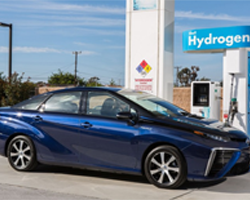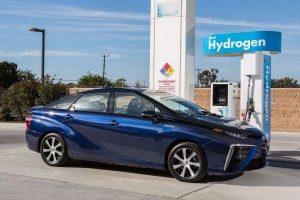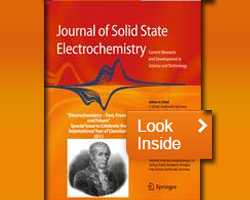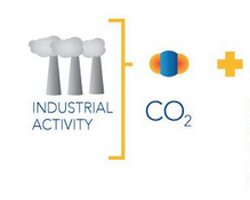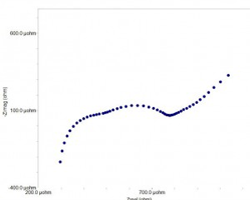October 7, 2014 By Nanalyze
The world is addicted to crude oil. Every day we consume around 90 million barrels or 3.8 billion gallons of crude oil, 84% of which is used for energy production. The other 16% is used as a raw material to create a multitude of other chemical products such as pharmaceuticals, solvents, fertilizers, pesticides, and plastics. But the need for crude oil as a feedstock may begin diminishing over time as disruptive technologies begin to mature. Companies are developing alternatives to using crude to manufacture chemicals, companies such as Genomatica, which has delivered synthetic organisms that represent the industry’s first commercial bio-based process for producing a high-volume intermediate chemical without the need for crude. This process called GENO BDO produced 5 million pounds of Butanediol (BDO) in 2012 (about 100 truckloads sold and shipped) and has now been licensed by the world’s #1 producer of BDO, BASF. Another company looking to create an intermediate chemical using environmentally friendly feedstock instead of crude oil is Liquid Light.
About Liquid Light
Founded in 2009, New Jersey based Liquid Light has taken in $23.5 million in funding so far from the likes of VantagePoint Capital Partners, BP Ventures, Chrysalix Energy Venture Capital, and Osage University Partners. Liquid Light first unveiled their electrochemical production method for making chemicals in March of this year which is based on technology licensed from Princeton University. The event was highlighted in an MIT Technology Review article titled “A Cheaper Route to Making Chemicals from CO2“ which contained the following statement:
Liquid Light’s electrochemical production method for chemicals would be an appealing substitute for current petroleum-based methods, particularly for chemicals with oxygen in them, says Gary Dirks, a former BP executive and a scientific advisor to Liquid Light. “You get products that are not easy to get from oil-based hydrocarbons in a much simpler process and at lower cost,” he says.
The production method is “lower cost” because it uses waste carbon dioxide as a feedstock instead of more expensive current feedstocks used such as natural gas, crude oil, or corn.
[…]

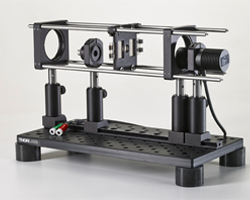


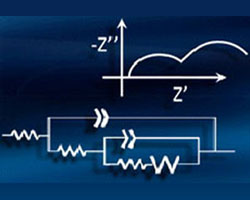

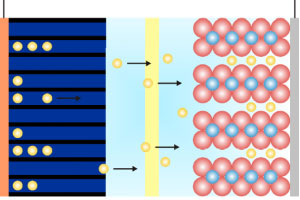


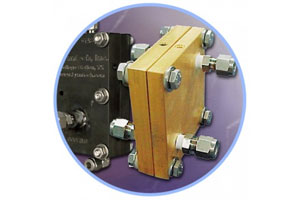
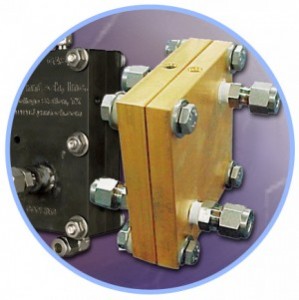 Electrochemical Impedance Spectroscopy can identify problems that limit a fuel cell’s efficiency, by helping to optimize a cell, it can determine anodic and cathodic process mechanisms. EIS is particularly good for measuring the equivalent series resistance of fuel cells, a major source of power loss in a low impedance device. Because of the modeling capability of EIS, you can also extract information on kinetics and mass transport in the fuel cell, both of which are crucial factors to fuel cell performance. EIS is useful in both research and QC applications. EIS of fuel cells runs into some of the same low impedance device and setup limitations that also show up in batteries and supercapacitors.
Electrochemical Impedance Spectroscopy can identify problems that limit a fuel cell’s efficiency, by helping to optimize a cell, it can determine anodic and cathodic process mechanisms. EIS is particularly good for measuring the equivalent series resistance of fuel cells, a major source of power loss in a low impedance device. Because of the modeling capability of EIS, you can also extract information on kinetics and mass transport in the fuel cell, both of which are crucial factors to fuel cell performance. EIS is useful in both research and QC applications. EIS of fuel cells runs into some of the same low impedance device and setup limitations that also show up in batteries and supercapacitors.